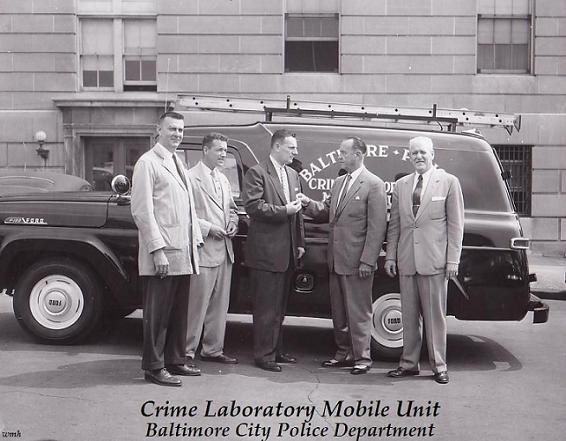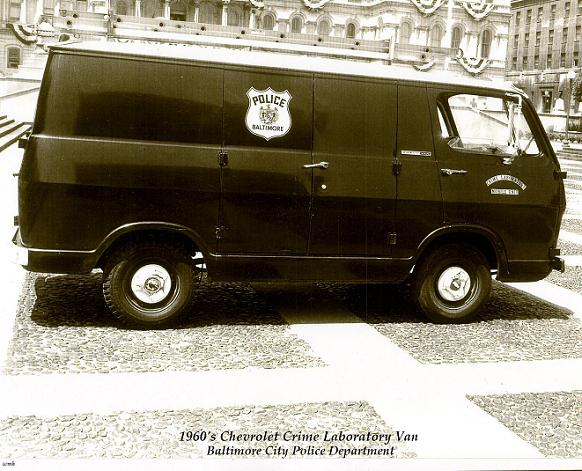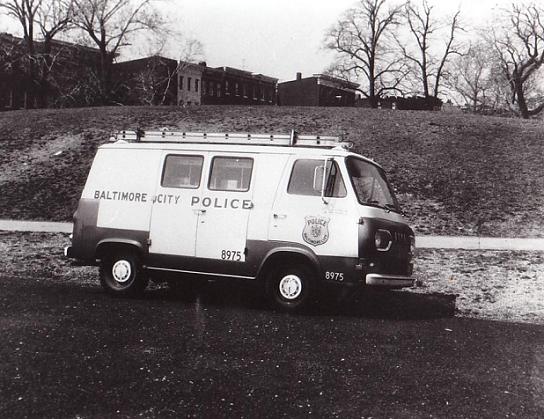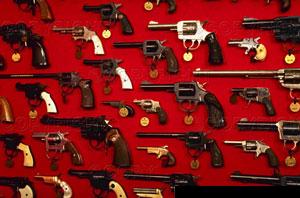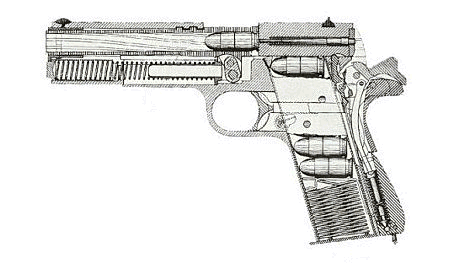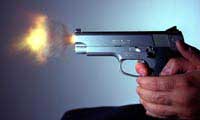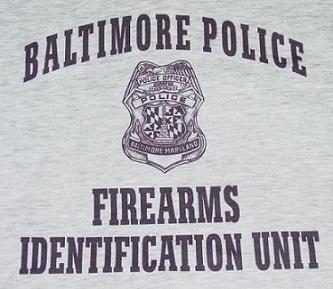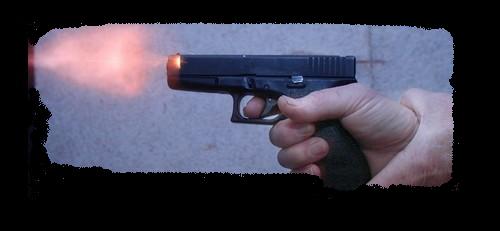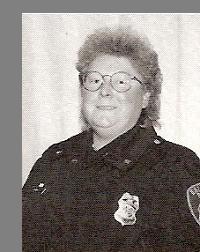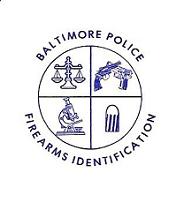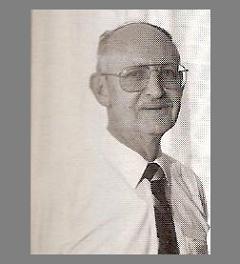Crime Lab
Baltimore police
Laboratory Division,
Craftsmen that put the puzzle together….
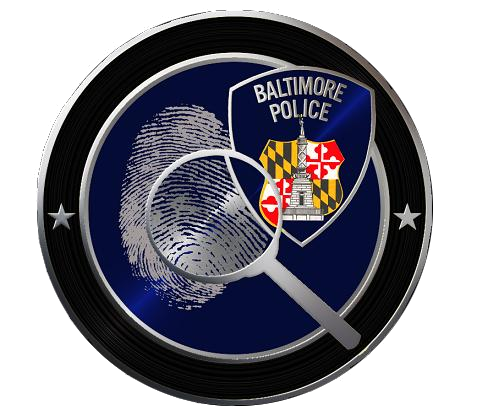
Copyright: Gene M. Stevens; Used with permission
** Anyone requiring information about employment or an internship with the Baltimore Police Department's Crime Lab, please call the Baltimore Police Department at 410-396-2294 and ask for the Personnel Division or The Laboratory Division. Emails will no longer be answered by this site. Please use the above directions to receive the information you need. Note: It is important to know that only "Unpaid" internships are being accepted; requests from college level students needing an internship for credit can contact us at the above number
***Any request for official police information must be made directly to:
Baltimore Police Department.
242 W. 29th St., Baltimore, MD
Emergencies: 9-1-1 Non-emergencies: 410-396-2037
BALTIMORE POLICE Web Site: http://www.baltimorepolice.org
Fingerprints Baltimore
FINGER PRINTS TAKEN
27 Nov 1904
New system of identifying prisoners used for the first time
The new fingerprint system of identification was officially used for the first time at the local Bureau of identification yesterday, (Saturday, 26 November 1904) the subject being John Randles, colored, who was committed to jail for court on the charge of larceny and has a criminal record.
Randall was very nervous while the Sgt. Casey was taking the impression of his thumb and fingers and begged the officer not to hurt him. He appeared much relieved when the operation was over, and greatly pleased that he had felt no pain. The impressions are taken by pressing the thumb and fingers on a piece of glass, thinly coded with printer’s ink, and then pressing them on a piece of white paper.
The Baltimore Police Department recently adopted the fingerprint system of identification as an adjunct to the Bertillion system of measurements, and Sgt. Casey, chief of the local Bureau, was sent to St. Louis to study the new system under Detective Ferrier, who has charge of the Scotland Yard exhibit in the Royal British Pavilion at the Louisiana Purchase exposition.
3 Jan 1905 in an article entitled: 187 Photographed and Measured - The article gave an inauguration date of 7 Dec 1904, for the start of the finger-print system in the following article:
HIS BRAVERY RECOGNIZED
The Sun (1837-1989); Jan 3, 1905; pg. 12 187 Photographed and Measured
The annual report of Sergeant John A Casey, Chief of the local Bureau of Identification, and his assistant, Sergeant Higgins, shows that during the year that just ended 187 prisoners have been photographed and measured according to the Bertillon system. The finger print system of identification was inaugurated (Wednesday) 7 December last (1904) and since then 25 imprints have been taken. The scenes of six murders were photographed, as were also four unidentified dead men. Photographs and records to the number of 338 were sent to other police departments and 217 photographs and records were received.

The objective of the Laboratory Division is to provide the Baltimore Police Department with the highest quality, most accurate and efficient forensic scientific support available.
History of the Baltimore Police Department’s Crime Laboratory
1896 - The Bertillon Bureau was established to take photographs and measurements of prisoners. Bertillon system is a system formerly used for identifying persons by means of a detailed record of body measurements, physical descriptions, and photographs.
1904 - 7 Dec 1904 - Fingerprint Identification Section - Baltimore Police Department becomes the first police agency in the country to use the new Fingerprint System of Identification when on 26 November, 1904 they finger printed, John Randles to be held over on a theft charge. Fingerprint Identification was brought to Baltimore by Marshal Farnan, who sent Lt. Casey to St. Louis to learn the system, and immediately put the technique into place eventually taking the place of the aforementioned Bertillon system. The department would go on to use 7 Dec, 1904 as the inauguration date of the Finger Print system.
1948 - The history of the Baltimore Police Department’s Crime Laboratory began. It was built in a small room that was allocated for a crime laboratory as a part of the Detective Division, where then Sgt. Anthony F. Nelligan initiated the laundry and dry cleaning marks identification section, which he expanded to include handwriting and documents examination. He was joined by Sgt. Joseph Reitz who performed firearms examinations.
1951 - This one room soon proved too small for the growing crime laboratory and on October 26, 1951 the Crime Laboratory was formally established when Police Commissioner Beverly Ober promoted Lt. Anthony Nelligan, naming him as its head. The north wing of the 4th floor of the old headquarters building at Fallsway and Fayette, formally housing the printshop was set aside for this newly created department. By that time the Crime Laboratory included the specialties of Firearms, Chemical Tests, Laundry Marks, Documents, Photographic, Technical Arts, and Latent Fingerprints.
1952 - In 1952 the Gunshop (now called the Armory) was established by Police Commissioner Beverly Ober to provide maintenance and repair of departmental weapons. Personnel included Sgt. Arthur W. Plummer and Officer J. W. Freeman. This unit was under the control of the Crime Laboratory, until moved to the Property Division in 1966.
1954 - The Mobile Unit was established in May of 1954 with four two-man teams whom for the first time responded to crime scenes and collected evidence including latent fingerprints.
1955- In 1955 the eight men of the Mobile Unit responded to 2,372 crimes scenes.
1959 - By 1959 the Crime Laboratory, still a part of the Detective Division, had expanded its specialties to include explosives; tool mark identification; spectroscopic examination; restoration of obliterated identification marks; identification of jeweler’s scratch marks; chemical development of latent prints; and shoe, footprint, and tire casts.
1959 - Also in 1959, the Crime Laboratory implemented the use of the Breathalyzer to test persons arrested for driving under the influence. This function was a part of the Chemical Test Unit headed by Lt. Maurice A. Epple. The first commanding officer of the Crime Laboratory Lt Anthony Nelligan was promoted to Captain and eventually retired from the department on 11/9/67. Lt. Daniel Kennedy was designated as Officer in Charge of the Crime Laboratory in September 26,1968. The appointment of Police Commissioner Donald D. Pomerleau in 1966 brought forth a reorganization of the Police Department that included a reorganization and expansion of the Crime Laboratory. The Crime Laboratory became the Laboratory Division and was moved to the Services Bureau.
1966 - By this time the Crime Laboratory had expanded its specialties to include Polygraph Examinations and Identikit sketches.
1966 - In 1966, the Crime Laboratory also performed some unusual functions such as making call box keys, training riot squad members and loading ammunition.
1968 - in 1968, the U.S. Customs Service examined 7,000 items for the Baltimore Police Department. This grant was obtained and work on a new expanded laboratory began.
1969 - In March of 1969, the Police Commissioner made a proposal to obtain a grant that would facilitate the construction of a new Crime Laboratory on the 5th floor of the new headquarters building already under construction. This proposal included site preparation, scientific equipment and furniture. This proposal also was the foundation for the Crime Laboratory to perform Controlled Dangerous Substance analyses, which at that time were being done at the U.S. Customs Service Chemical Laboratory.
1970 - the department started replacing sworn officers with civilian employees to return officers to the street.
1972 - The Crime Laboratory moved into its new quarters in September of 1972. Director Thomas M. Muller was named by Police Commissioner Donald D. Pomerleau in October of 1970. Starting in August of 1970 the department began to civilianize the Crime Laboratory, replacing sworn officers with civilian employees to return officers to the street.
Director Thomas Muller retired in 1996 and was replaced by Acting Director Sharon Talmadge until the appointment of Director Edgar F. Koch, Sr. in January of 1997. Since that time the Crime Laboratory has expanded its services and staff while limited to the 5th floor location it moved into in 1972. The Laboratory Division, now a part of the Criminal Investigation Bureau, moved to new facilities on the 9th and 10th floors of the renovated headquarters building starting in September, 1999.
1977 - Hair comparison-by-comparison microscopy began in 1977.
1980 - The Drug Analysis Unit began using automation to expedite drug analysis on the Gas Chromatographs and Mass Spectrometers in 1980.
Replacing sworn officers with civilian employees to return officers to the street, which enabled the department to use computerized fingerprint searches to assist examiners with respondents for potential latent print identifications.
1988 - In 1988 the Laboratory Division began the use of Lasers for the detection of latent prints and body fluids at crime scenes and on evidence.
1991 - In the Firearms Unit, Drug fire was obtained in 1991.
1991 - This system was replaced in 1991 with Morpho with new and improved capabilities. Fiber analysis and comparison using MICROVIS (visible light microspectrophotometry) and FTIR (Fourier transform infrared spectroscopy) began in 1988.
1991 - Gunshot Residue Analysis (GSR) using Scanning Electron Microscopy began in 1991.
The Firearms Unit was the pilot city for ATF’s batch transfer system, allowing electronic transfer of firearms information for tracing. DNA analysis, using outside vendors began in 1987 completely replacing conventional serology in 1996.
1993 - The Breathalyzer was replaced with a computerized version, the Intoximeter in 1993.
1994- The Polygraph Unit began using a computerized polygraph instrument for conducting polygraph examinations in 1994.
1996 - Identikit sketches were performed by the Mobile Unit until 1996 when a computerized version E-Fit was adopted by the department and became used by the detectives who were investigating the case.
1996- The Mobile Unit began using CAD aided design programs to do computerized crime scene sketches in 1996.
1997 - This system allows the Firearms Examiner to store thousands of images of fired cartridge cases for comparison at a computer station. Its bullet counterpart, Bulletproof, was obtained in 1997.
1999 - In 1999, the Laboratory Division received a grant from the National Institute of Justice (NIJ) for a DNA facility housed in the newly renovated 0th floor of the Headquarters building.
2000 - The Mobile Unit moved their vehicle processing operation to the new processing bays in the renovated south drive of the headquarters building. With the reorganization of the department in 2000 the Laboratory became a Section. Many major scientific advances have been incorporated into the Crime Laboratory’s services in the last three decades.
2002 - In 2002, the Laboratory installed a Laboratory Information Management System (LIMS) for the Drug Analysis Unit, which creates electronic reports with electronic signatures. The Baltimore Police Department’s Laboratory Section provides forensic services to many law enforcement agencies within and outside of the City of Baltimore. The Laboratory Section continues to be dedicated to providing the highest quality, most accurate and efficient forensic support available to the Police Department, the criminal justice system and the citizens of Baltimore.
The Baltimore Police Department’s Laboratory Section provides forensic services to many law enforcement agencies within and outside of the City of Baltimore. The Laboratory Section continues to be dedicated to providing the highest quality, most accurate and efficient forensic support available to the Police Department, the criminal justice system and the citizens of Baltimore.

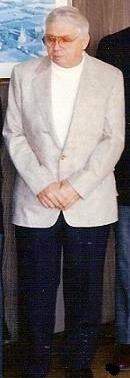
Joe Reitz (above) Baltimore Police Sergeant, who became one of the pioneers of the newly formed Crime Lab. Joe Reitz switched from officer to civilian employee to head up the firearms unit in the Lab.

Director Thomas Mueller (below) a Florida crime lab supervisor was appointed by Commissioner Pomerleau to head-up Baltimore's lab.
BALTIMORE POLICE CRIME LAB
Administrative Unit
Major Services provided:
1. Stores all reports generated within the Laboratory Division.
2. Maintains and distributes photographs and negatives
Drug Analysis Unit
Major Services Provided:
1. Analyze and identify Controlled Dangerous Substances as
evidence to the Evidence Control Section.
2. Statistical intelligence of information to the Police Department
as well as other state agencies.
3. Court testimony as to results of examinations performed.
Firearms Unit
Major Services provided:
1. Comparison of ammunition components and test fires from
firearm to each other.
2. Test fire firearms for operatibility.
3. Search open case files (i.e. Drug Fire)
4. Serial number restoration.
5. Gunshot Residue for distance determination analysis on
clothing and objects.
6. Toolmark examination and comparison.
7. Tracing through ATF computer.
8. Court testimony.
Latent Print Unit
Major Services Provided:
1. Physical Evidence such as
a. Paper
b. Cardboard
c. Unfinished wood
is processed for the presence of partial latent prints
2. Partial latent prints are:
a. Evaluated
b. Compared
c. Identified
3. All computer suitable partial prints are automatically entered into
the computer.
4. Court testimony provided as to results of examination
performed.
Mobile Crime Unit
Major Services Provided:
The Mobile Unit responds to crime scenes to assist investigative officers.
1. Document Crime Scene
a. Photography
b. Crime Scene Sketch
c. Detailed written report.
2. Recover Latent Prints
a. Crime Scene
b. Vehicles
4. Recover other physical evidence
Photography Unit
Major Services Provided:
1. Identification Card Photo
2.Mug Shots
3. Photographic Services
Film processing
Photographic Printing
Photographic Coping
Photographs
ID cards, Portraits, Evidence, Aerial, Retirement and
Ceremonial
Video Stills from VHS,BETA,8mm
4. Photographic supplies
Polygraph Unit
Major Services Provided:
Polygraph services are provided to all units within the Baltimore Police Department, other City Agencies, and the Office of the Baltimore State's Attorney.
Trace Analysis Unit
Major Services Provided:
Blood, Semen, DNA, Hairs, Fibers, Fabric, Paint, Glass, Metal, Bank Dyes, Tape, Bindings, Soil, Wood, explosives.
Flammable residues, shoe prints, tire tracks,
Gunshot primer residue (GSR)
Hand writing Hand printing Comparisons
Alterations, erasures, obliterations
Typewriter/printer comparisons
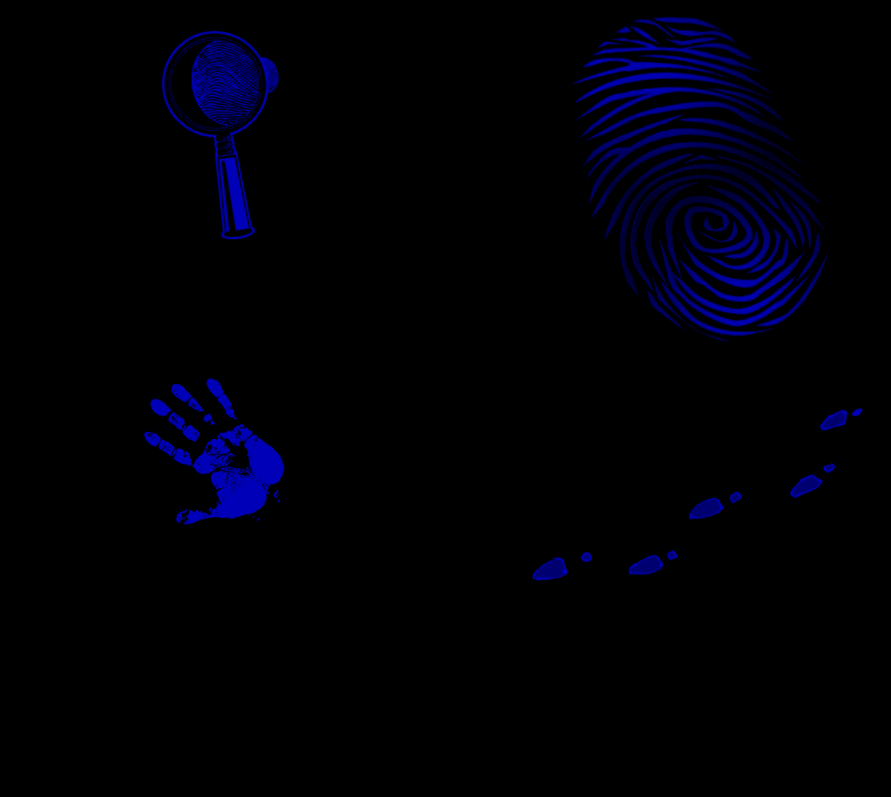

BALTIMORE POLICE PHOTO

BALTIMORE POLICE PHOTO

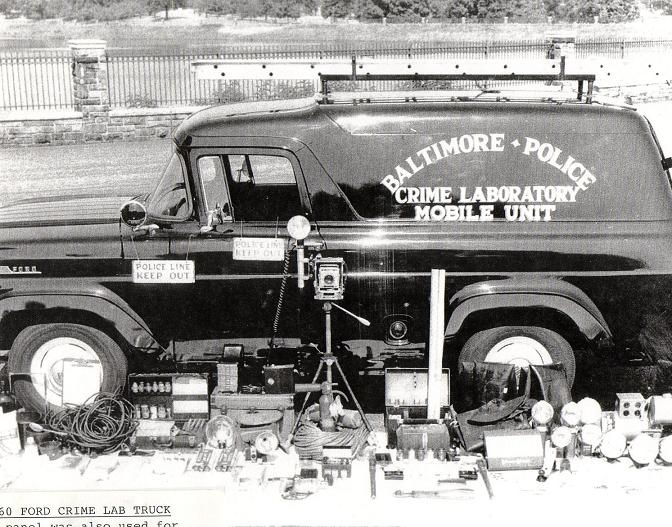
1960's Mobile Crime Lab Van

1963 Ford Station Wagons
1960's Mobile Crime Lab Unit
1968 CHEVROLET Mobile Crime Lab Van displaying the new blue and white color scheme

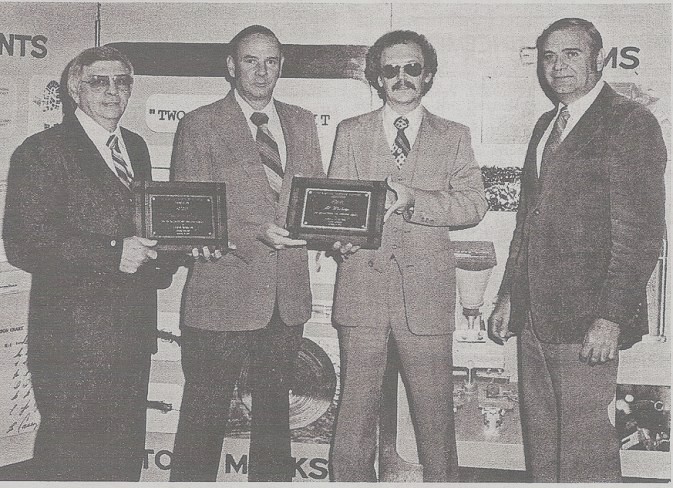
BALTIMORE POLICE NEWSLETTER
On October 18,1980 Joseph A. Reitz and Alfred M. Woolridge. Supervisors of the Firearms Identification and latent Fingerprint Units, laboratory Division, were presented plaques of appreciation for their participation as lecturers at the Fall Seminar, Maryland Shorthand Reporters Association held at Easton, Maryland. Pictured are, left to right, Joseph A. Reitz, Alfred M. Woolridge, Mr. Bud Felkowski, President, Maryland Shorthand' Reporters Association and Joseph V. Lanzetta, laboratory Division, Examination Section Supervisor.
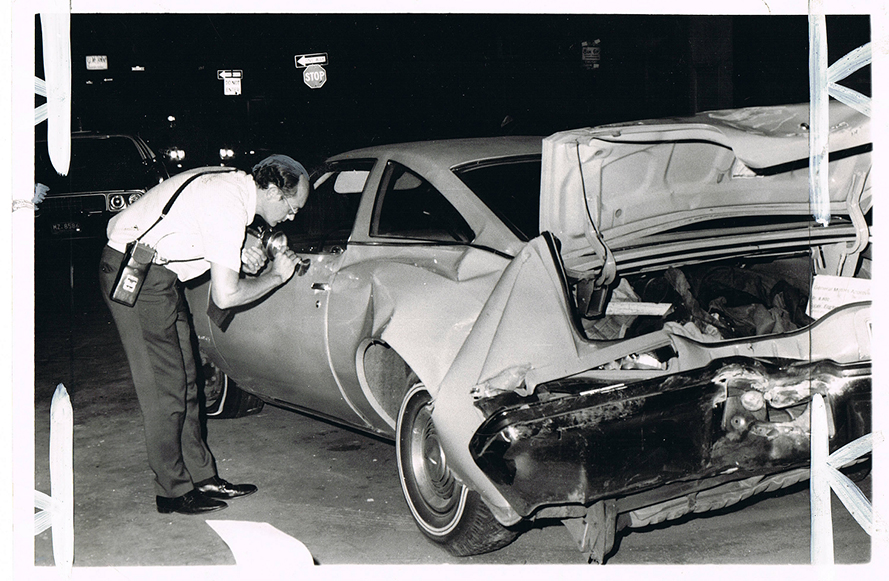

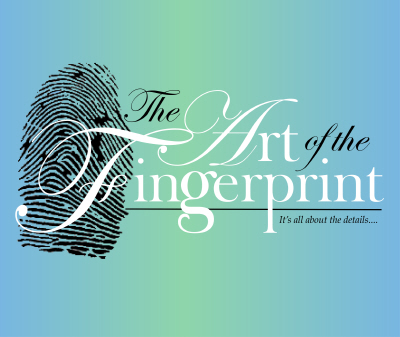


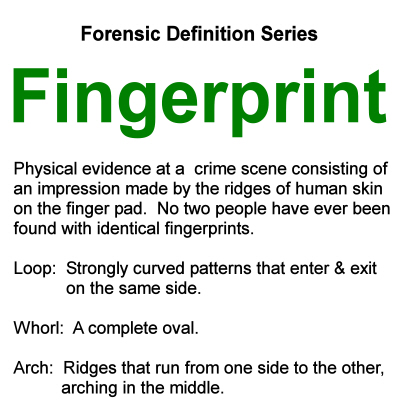
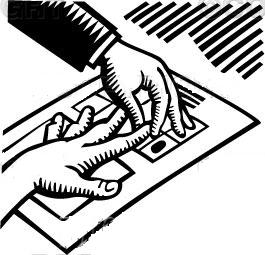
 Sharon Talmadge
Sharon Talmadge
LATENT PRINT SUPERVISOR


Mike Jones
Latent Print processing and comparison
Sharon Talmadge,
Latent Print Unit Supervisor
The Baltimore Police Department's crime lab has earned standing with an international accreditation board, culminating a 10-year effort. Sharon Talmadge is shown comparing crime scene fingerprints to prints in the database.
 Bob Smith
Bob Smith
Photo Unit Supervisor
Firearms, bullets, cartridge casings
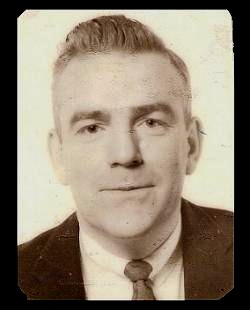
COURTESY OFFICER JIM PERRY
Officer Jim Perry, Firearms Examiner
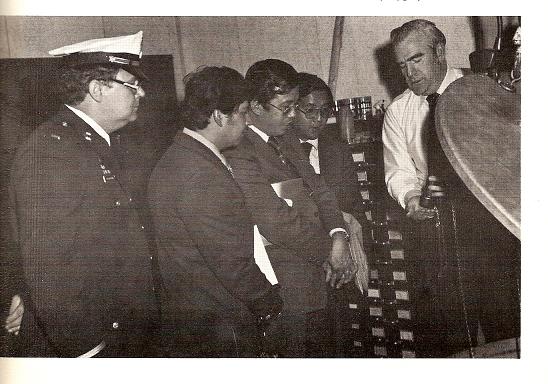 P/O Jim PerryFirearms ExaminerDemonstrating The Bullet Recovery TankUsed to fire a weapon into and recover the bullet for comparison
P/O Jim PerryFirearms ExaminerDemonstrating The Bullet Recovery TankUsed to fire a weapon into and recover the bullet for comparison
Photo courtesy Lieut. Doug Baumgarten
Officer (Lieutenant) Doug Baumgarten standing with Officer Jim Perry on Doug's graduation day from the Police Academy 1989.
Doug was detailed to work in the Crime Lab while awaiting the start of his academy class.
9MM GLOCK SHOWING THE MUZZLE FLASH
Agent Jackie BarbourFirearms Examiner
Frank Boles Firearms Examiner

POLICE INFORMATION
Copies of: Your Baltimore Police Department Class Photo, Pictures of our Officers, Vehicles, Equipment, Newspaper Articles relating to our department and or officers, Old Departmental Newsletters, Lookouts, Wanted Posters, and or Brochures. Information on Deceased Officers and anything that may help Preserve the History and Proud Traditions of this agency. Please contact Retired Detective Kenny Driscoll.
This email address is being protected from spambots. You need JavaScript enabled to view it.

NOTICE
How to Dispose of Old Police Items
Please contact Det. Ret. Kenny Driscoll if you have any pictures of you or your family members and wish them remembered here on this tribute site to Honor the fine men and women who have served with Honor and Distinction at the Baltimore Police Department.
Anyone with information, photographs, memorabilia, or other "Baltimore City Police" items can contact Ret. Det. Kenny Driscoll at This email address is being protected from spambots. You need JavaScript enabled to view it. follow us on Twitter @BaltoPoliceHist or like us on Facebook or mail pics to 8138 Dundalk Ave. Baltimore Md. 21222
Copyright © 2002 Baltimore City Police History - Ret Det. Kenny Driscoll
















